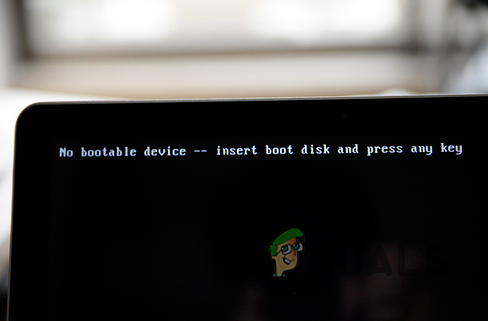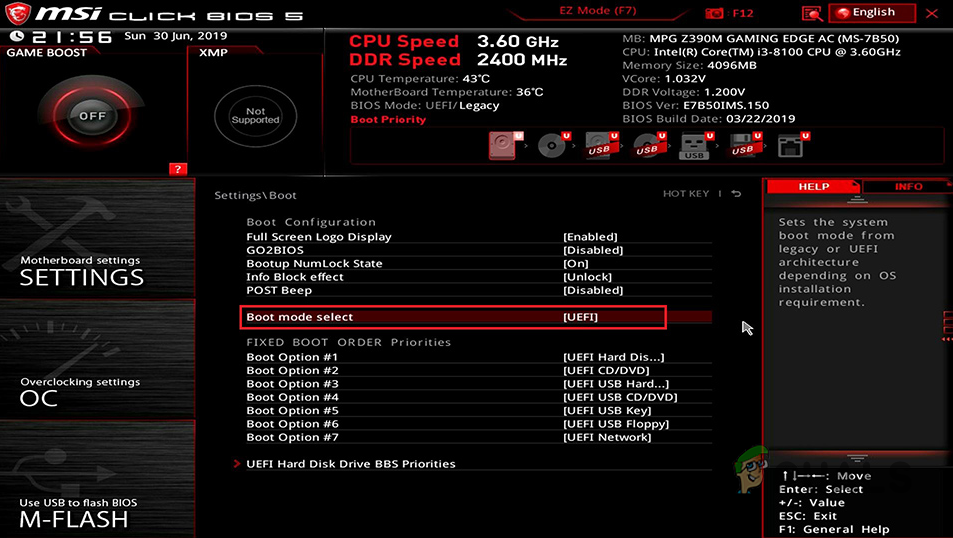No Bootable Device – Insert Boot Disk and Press Any key? Here’s how to fix
When you see the “No Bootable Device – Insert Boot Disk and Press Any Key” error, it means your computer can’t find a device to start from. Usually, this happens when it can’t find an operating system on the boot drive. This error can mean two main things: either the boot setup is wrong, or the hard drive is broken or not connected.

The most common reason is that the BIOS is set to boot from the wrong device, like an empty USB drive. Additionally, this issue can also be caused due to damaged boot files, broken hard drives, or a loose connection between the drive and the motherboard.
1. Change Boot Mode
Changing the boot mode ensures your computer uses the right settings for your operating system and storage device. Most systems use UEFI or Legacy modes. Choosing the wrong mode can prevent drive detection. By matching the boot mode to your setup, you can resolve compatibility issues, allowing your computer to start correctly.
- Restart your computer.
- As your PC starts, press the BIOS key (like DEL, F8, F10, F9, F11) to enter the BIOS menu. This key usually appears on-screen as the PC boots up, so be quick.

Opening up BIOS Menu - In the BIOS, find the Boot tab where the Boot Mode option is usually located, though it may vary by manufacturer.
- Select and change the Boot Mode option, which might be labeled as UEFI/BIOS Boot Mode.

Changing Boot Mode - Go to the Exit tab to save changes and exit the BIOS menu.
- If the error persists, consider changing your Boot Mode back to the original setting.
2. Reset CMOS
Resetting the CMOS gives your computer’s BIOS a fresh start, clearing any settings that might stop it from finding bootable devices. This action returns the BIOS to its original settings, fixing issues that could block the boot process.
- First, power off your computer.
- If your computer has a CMOS reset button on the case, press it to reset the CMOS.

Resetting CMOS via Case Button - Alternatively, look for a reset button on the motherboard labeled as RST or RESET CMOS and press it.

Resetting CMOS via Motherboard Button - If neither button is available, remove and reinsert the CMOS battery to reset the CMOS.

Resetting CMOS via CMOS Battery - For motherboards without these options, use a jumper or screwdriver to connect the reset pins labeled RESET CMOS or CLEAR CMOS.

Resetting CMOS via Jumper - Once the CMOS has been reset, power on your computer to see if the problem persists.
3. Perform a Clean Install
If nothing else works, a clean install might help. It erases your system and reinstalls the operating system, removing corrupted files and wrong settings. Though it deletes your data, it usually fixes major issues, leaving your computer with a stable OS.
For details on how to clean install Windows check our article here.




